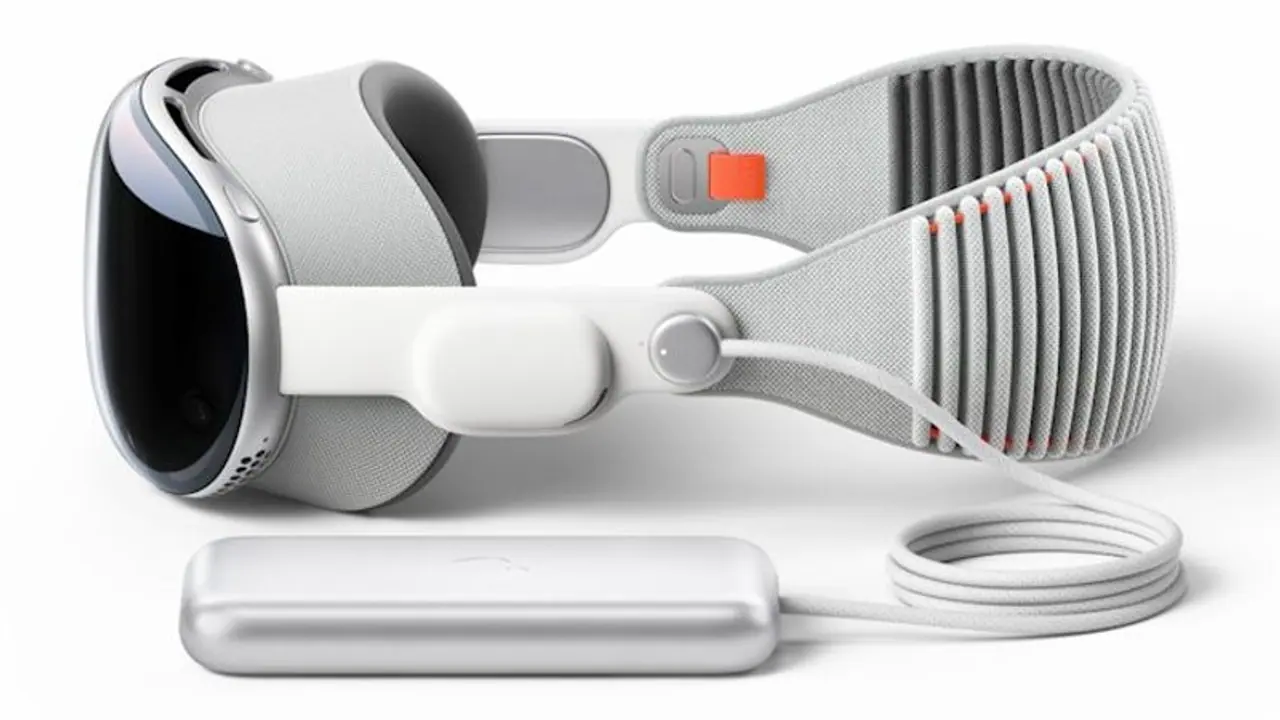Apple has made a detailed 25-minute sales demo for those interested in Vision Pro. Customers can visit Apple stores to see how the headset works before buying. For the same, Apple has trained hundreds of its employees in Cupertino this month to ensure they provide accurate information and understand the entire process.
It will be just a few weeks away from now when Apple's mixed-reality headset, the Vision Pro, launches in the United States on February 2. In contrast to prior iPhone or Mac debuts, this one appears to need a major marketing push as well as improved user experience throughout the purchase process.

In his PowerOn email, Mark Gurman notes that Apple has constructed a complex 25-minute sales speech and demo as part of its attempts to perfect the Vision Pro headset presentation. To guarantee they give accurate information and comprehend the complete procedure, Apple has taught hundreds of its staff in Cupertino this month.
Gurman also mentions that there would be around a dozen Vision Pro demo devices available at US Apple Stores. The demonstration will begin with a store staff member using an app to scan a customer's face in a manner akin to FaceID setup. This stage guarantees that the buyer chooses the appropriate size for the band, foam cushion, and Light Seal. It's critical to get the appropriate fit for the Light Seal because it comes in 25 distinct forms and sizes.
In addition, Apple is set to release a new gadget that allows users to scan their prescription lenses and obtain their prescription information. The demo headset will then be assembled by Apple Store staff after selecting the appropriate lens from a selection of hundreds.
Additionally, before consumers can interact with the demonstrations, they need to go through a calibration procedure. Several preinstalled third-party apps that highlight the potential of the headgear are available for exploration, along with samples of 3D movies, spatial photos, and spatial videos. According to Gurman, the goal of these demonstrations is to leave viewers "itching for more," making them "compelling but not exhausting."
